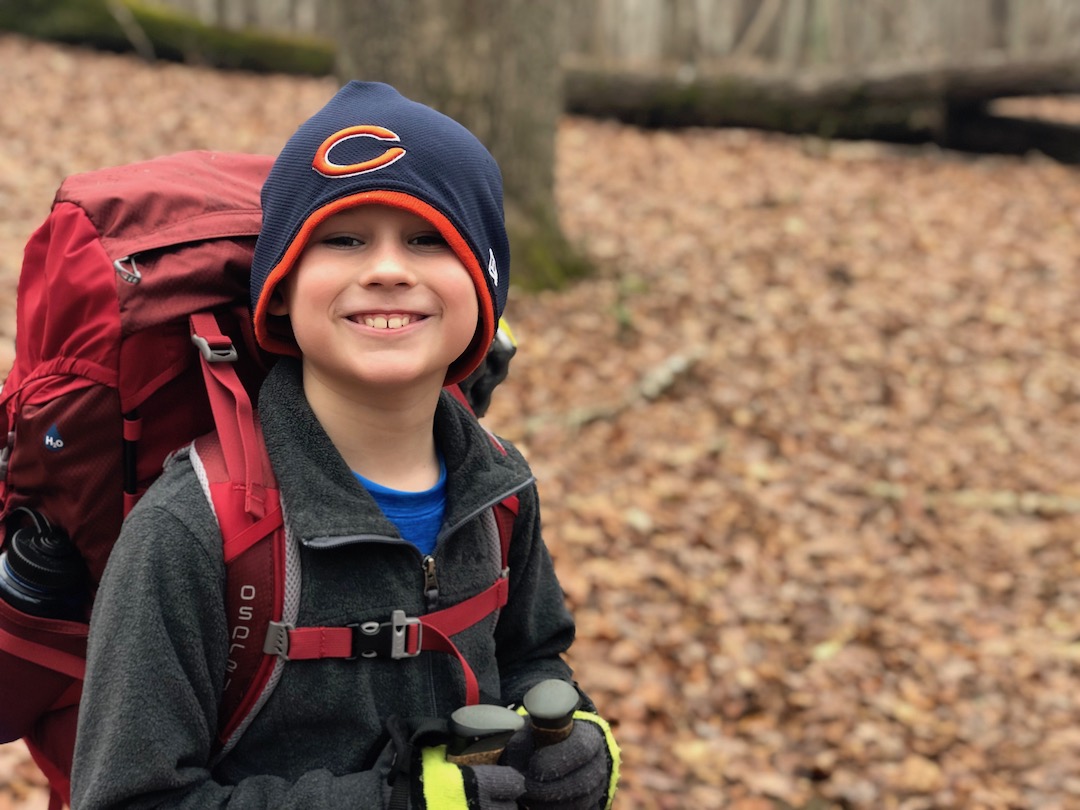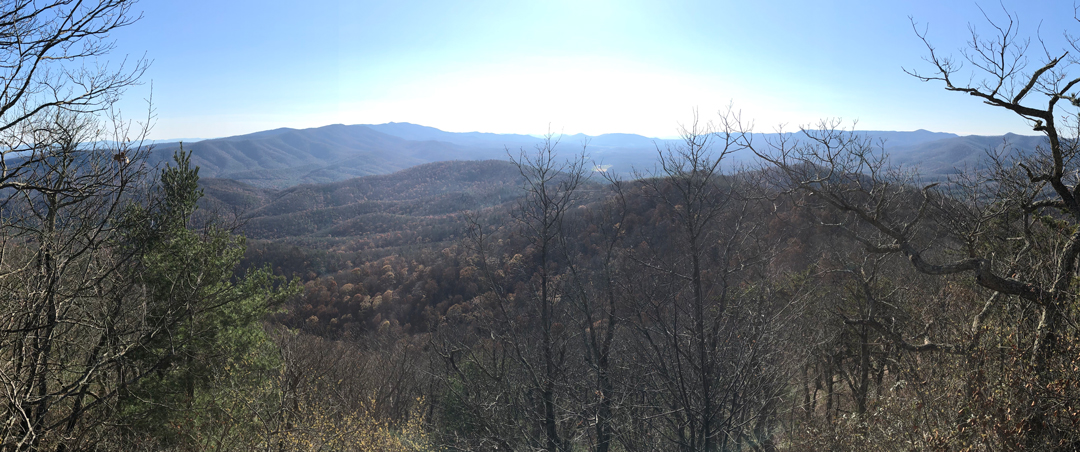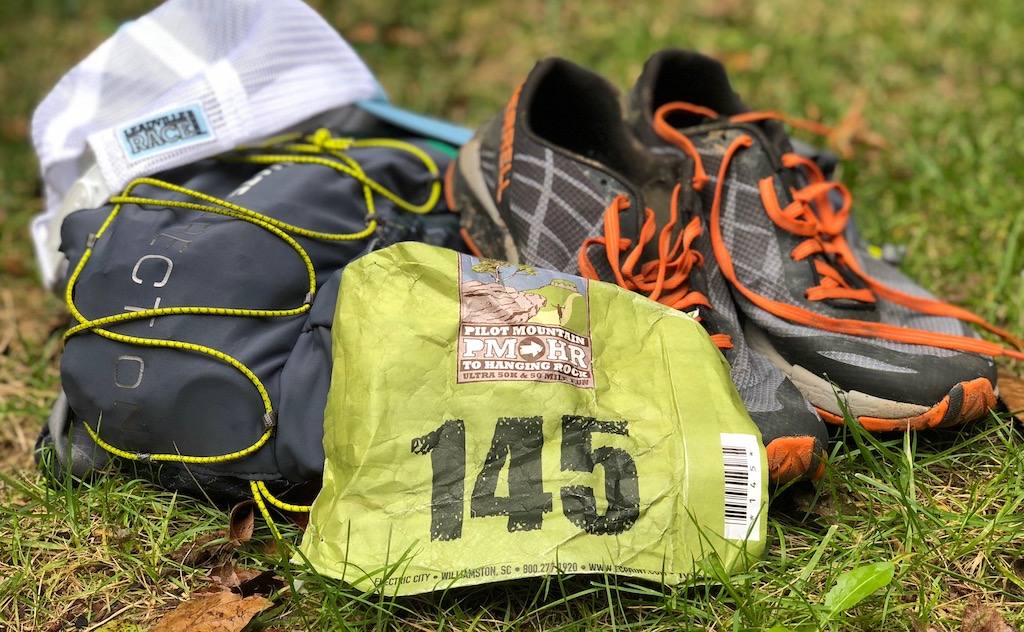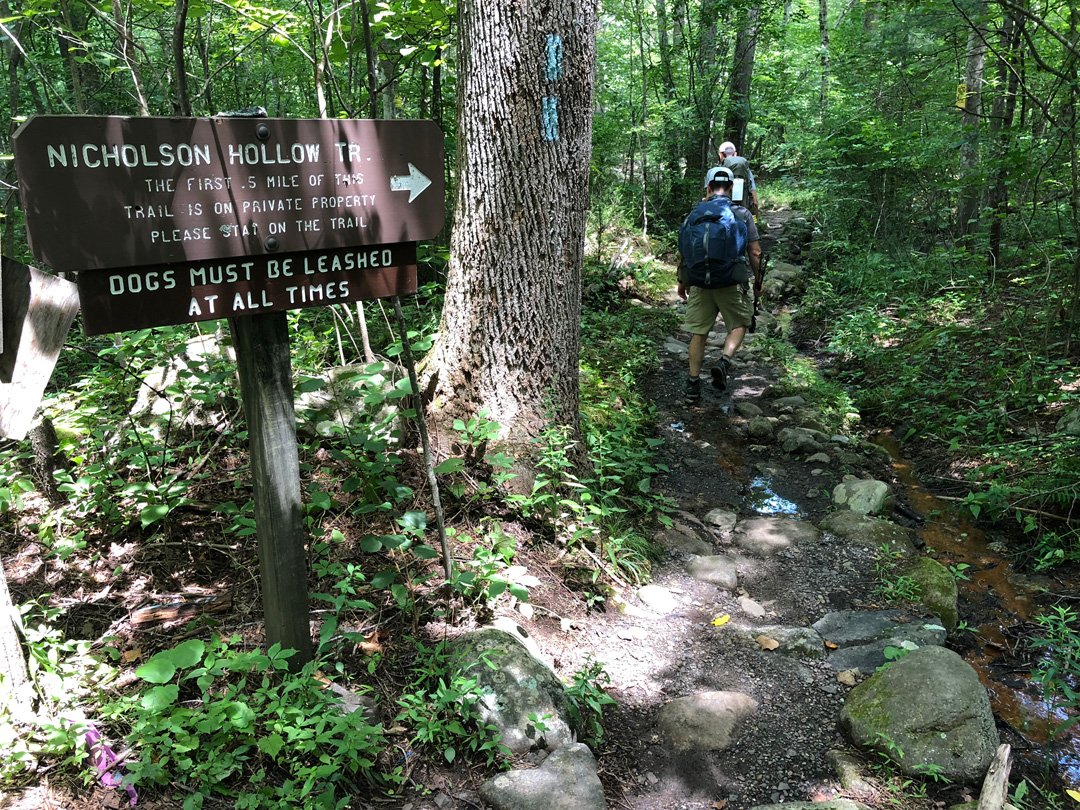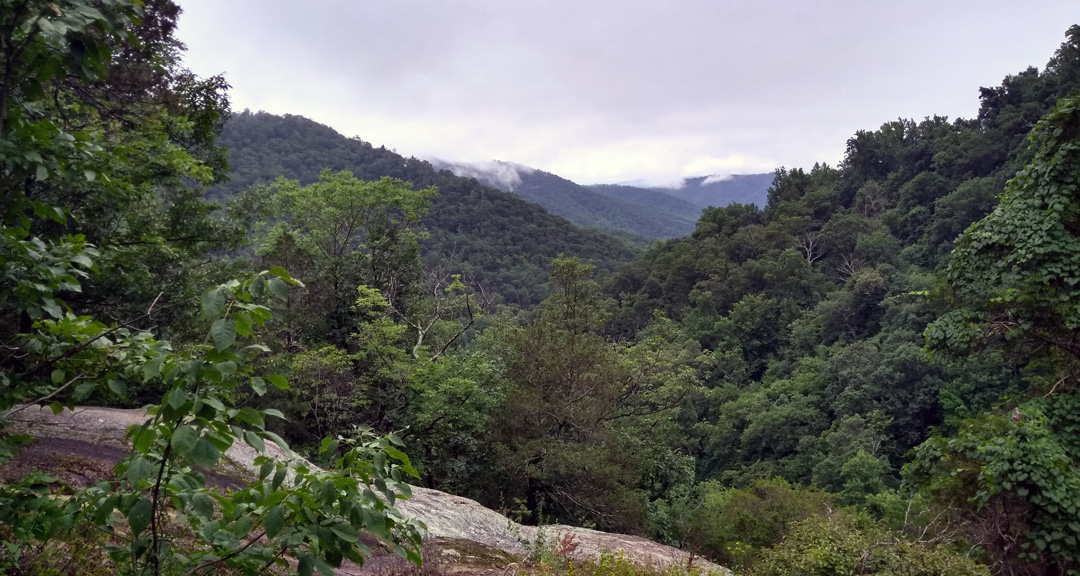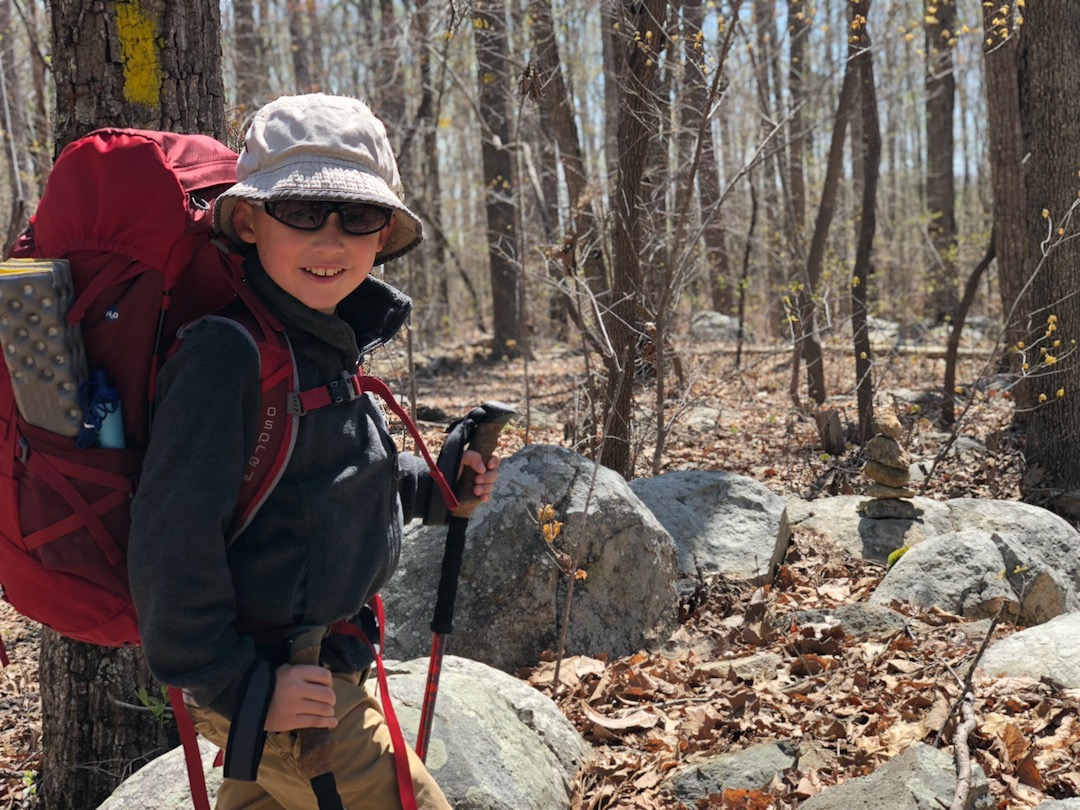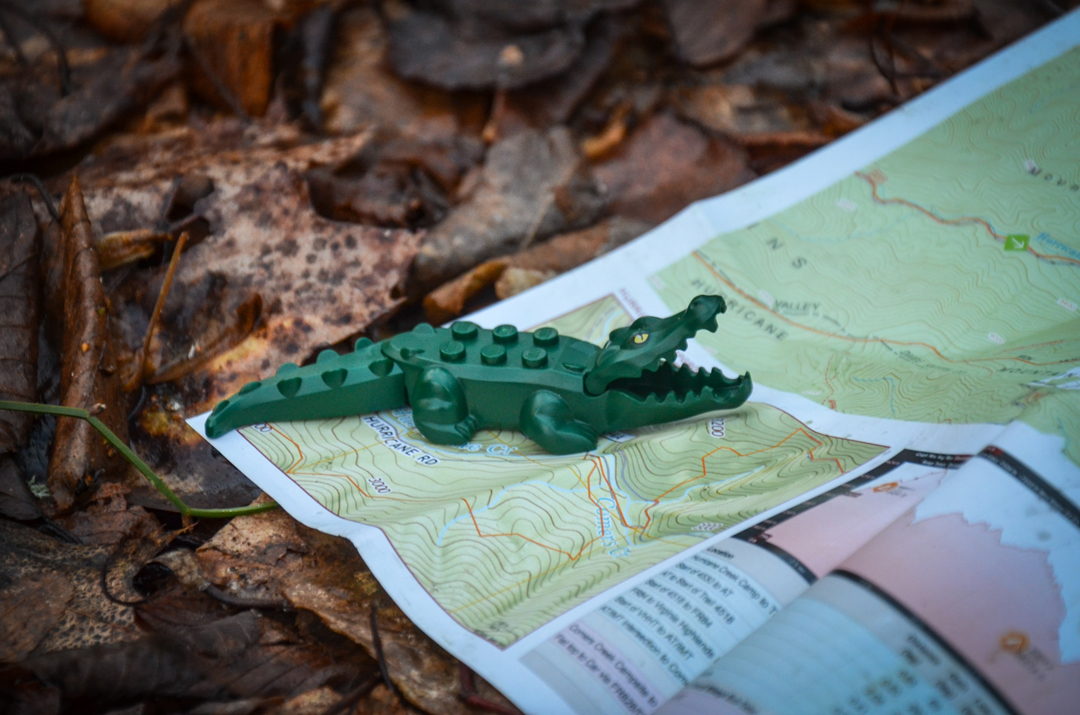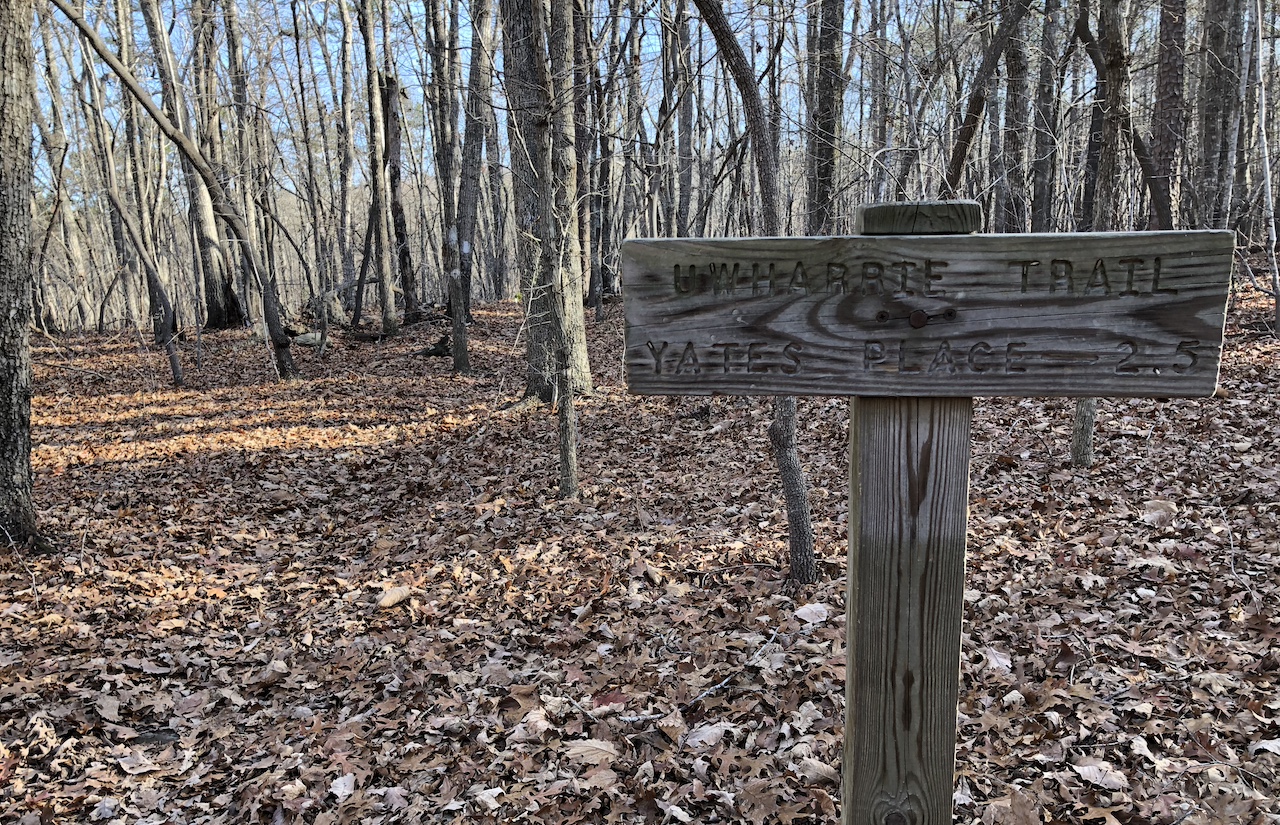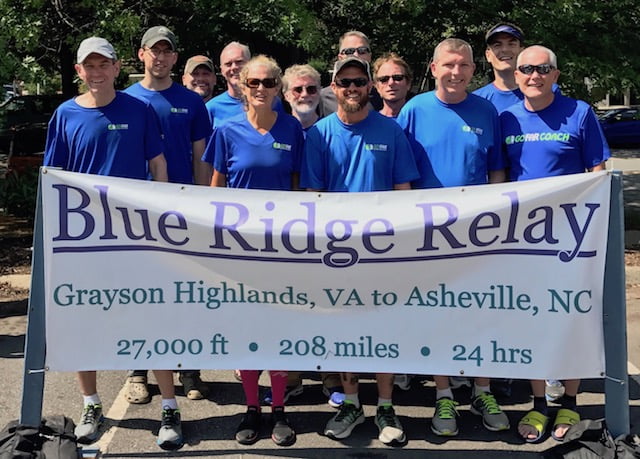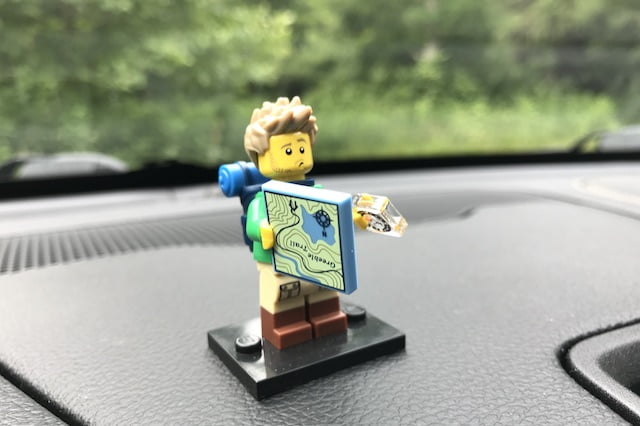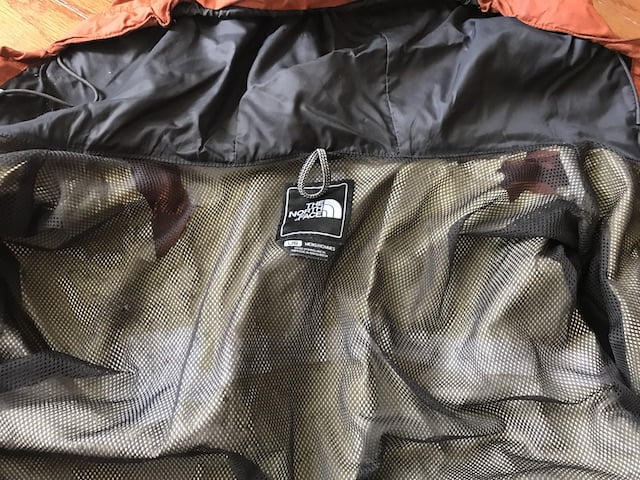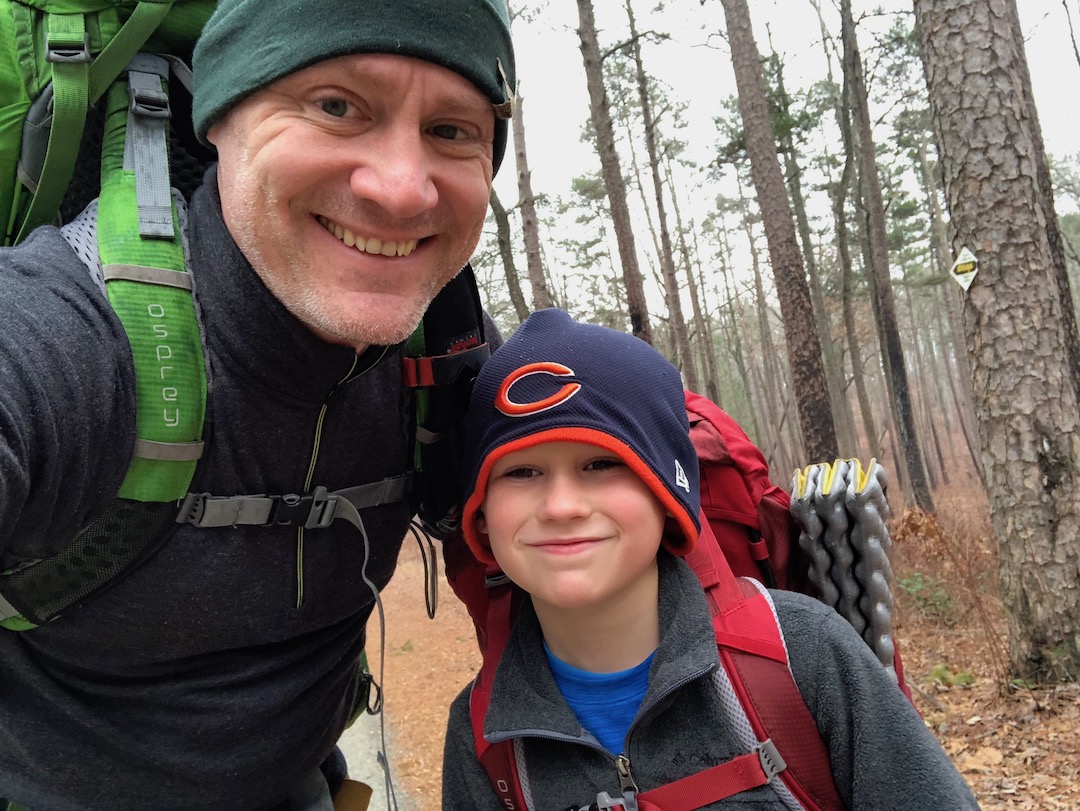
Each year I try to work in a winter backpacking trip. This year, I waited up until the last minute to start asking around and couldn’t get any takers. Determined to still go, I looked into places for a solo overnight trip. To the north, near Mt. Rogers Nat’l Rec Area, the forecasts were calling for temps in the teens, winds between 20 and 30MPH, and 10+ inches of snow. To the south, in the Uwharrie National Forest, temps were forecasted between 50°F and 60°F and rain was a certainty. The latter got me thinking.
Since the weather to the south was forecasted to be mild, I thought maybe, just maybe, my wife would be OK with my son joining me on a winter trip. I asked. She agreed. I asked my son. He agreed. Thank you backpacking gods!
READ MORE
